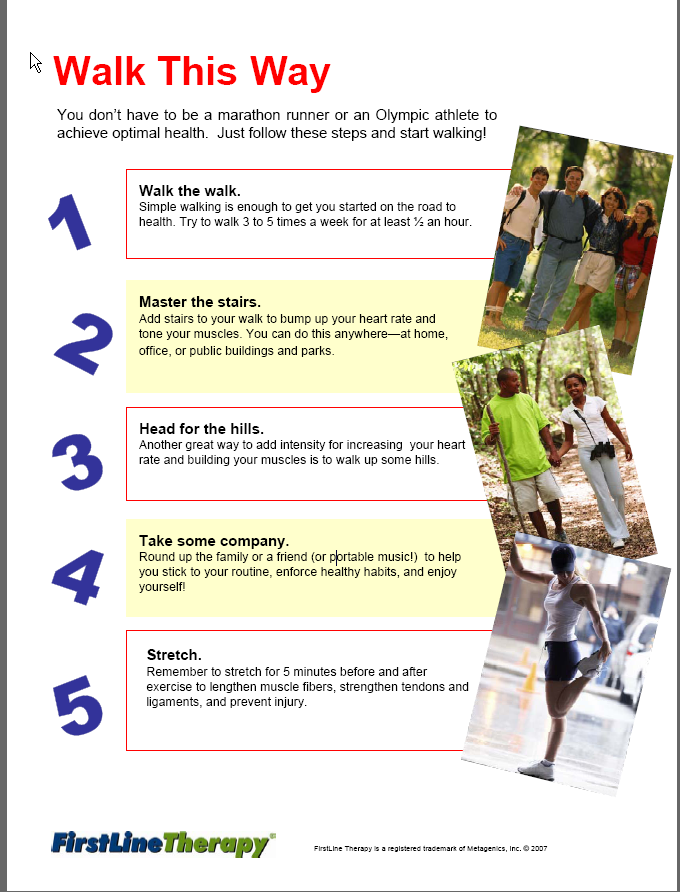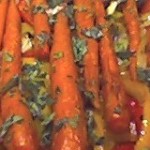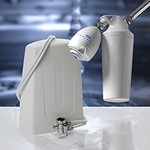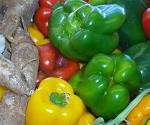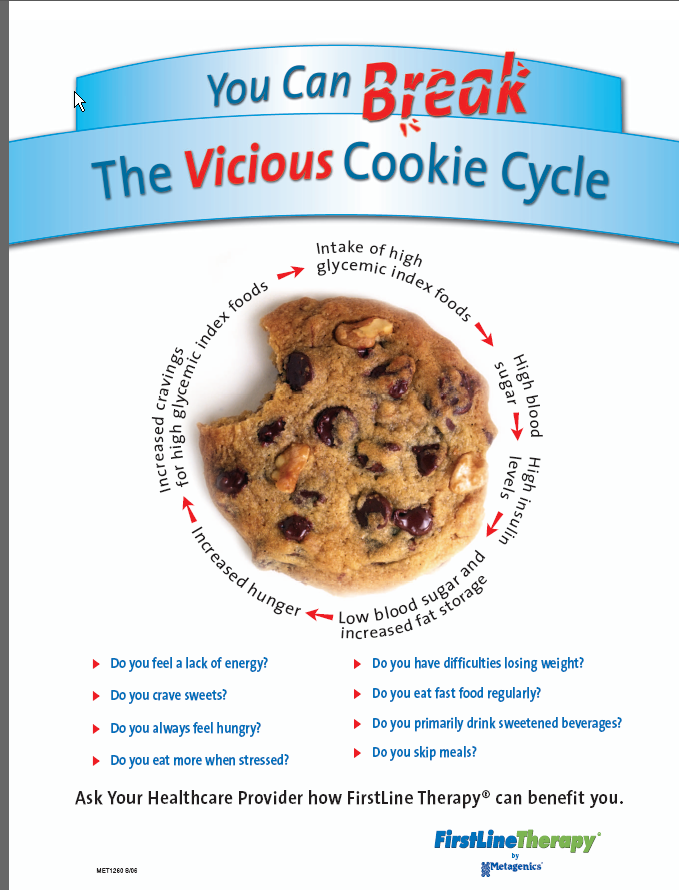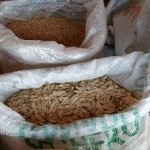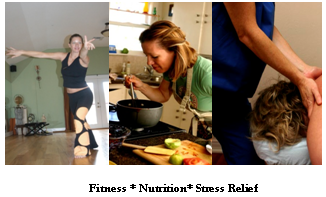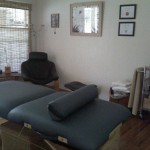The Art and Science of Breathing
As my personal journey continues I am constantly reminded to slow down. By consciously making the effort to do so, it becomes apparent how few deep and restorative breaths we may actually take throughout the day. At times it may be easy to encounter multiple stressful situations over a short period of time. When a situation can not change try modifying your reaction to the circumstances at hand and become very conscious of your breathe. 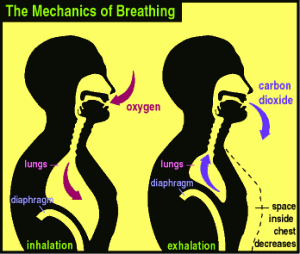 Begin breathing in through your nose, filling your diaphragm completely then exhale through your mouth slowly until your belly totally deflates. Sometimes this is referred to as “belly breathing” because when executed properly, you will see your belly rise on inhale and fall on exhale. If your chest is the only part of your body moving when you breathe, this is a sign that you are not doing it properly.
Begin breathing in through your nose, filling your diaphragm completely then exhale through your mouth slowly until your belly totally deflates. Sometimes this is referred to as “belly breathing” because when executed properly, you will see your belly rise on inhale and fall on exhale. If your chest is the only part of your body moving when you breathe, this is a sign that you are not doing it properly.
“Remember to breathe”. I know, that seems so obvious right? Well, the next time you catch yourself taking small shallow breaths with your shoulders elevated up to your ears and a migraine headache; it will become obvious that you have forgotten something…….
According to Mental Health America, stress is toxic to multiple functions of the human body:
“Practicing regular, mindful breathing can be calming and energizing and can even help with stress-related health problems ranging from panic attacks to digestive disorders.”
Andrew Weil, M.D.
Since breathing is something we can control and regulate, it is a useful tool for achieving a relaxed and clear state of mind. Listed below is list of three simple breathing exercise that promote relaxation and help reduce stress.
You may want to try all three to see how they affect your individual stress and anxiety levels.
- The Stimulating Breath
- The 4-7-8 Breathing Exercise
- Breath Counting
Exercise 1:
The Stimulating Breath
The Stimulating Breath is adapted from a yogic breathing technique. Its aim is to raise vital energy and increase alertness.
Inhale and exhale rapidly through your nose, keeping your mouth closed but relaxed. Your breaths in and out should be equal in duration, but as short as possible. This is a noisy breathing exercise. Try for three in-and-out breath cycles per second. This produces a quick movement of the diaphragm, suggesting a bellows. Breathe normally after each cycle.
Do not do for more than 15 seconds on your first try. Each time you practice the Stimulating Breath, you can increase your time by five seconds or so, until you reach a full minute.
If done properly, you may feel invigorated, comparable to the heightened awareness you feel after a good workout. You should feel the effort at the back of the neck, the diaphragm, the chest and the abdomen. Try this breathing exercise the next time you need an energy boost and feel yourself reaching for a cup of coffee.
Exercise 2:
The 4-7-8 Breathe
This exercise is utterly simple, takes almost no time, requires no equipment and can be done anywhere. Although you can do the exercise in any position, sit with your back straight while learning the exercise. Place the tip of your tongue against the ridge of tissue just behind your upper front teeth, and keep it there through the entire exercise. You will be exhaling through your mouth around your tongue; try pursing your lips slightly if this seems awkward.
- Exhale completely through your mouth, making a whoosh sound.
- Close your mouth and inhale quietly through your nose to a mental count of four.
- Hold your breath for a count of seven.
- Exhale completely through your mouth, making a whoosh sound to a count of eight.
This is one breath. Now inhale again and repeat the cycle three more times for a total of four breaths.
Note that you always inhale quietly through your nose and exhale audibly through your mouth. The tip of your tongue stays in position the whole time. Exhalation takes twice as long as inhalation. The absolute time you spend on each phase is not important; the ratio of 4:7:8 is important. If you have trouble holding your breath, speed the exercise up but keep to the ratio of 4:7:8 for the three phases. With practice you can slow it all down and get used to inhaling and exhaling more and more deeply.
This exercise is a natural tranquilizer for the nervous system. Unlike tranquilizing drugs, which are often effective when you first take them but then lose their power over time, this exercise is subtle when you first try it but gains in power with repetition and practice. Do it at least twice a day. You cannot do it too frequently. Do not do more than four breaths at one time for the first month of practice. Later, if you wish, you can extend it to eight breaths. If you feel a little lightheaded when you first breathe this way, do not be concerned; it will pass.
Once you develop this technique by practicing it every day, it will be a very useful tool that you will always have with you. Use it whenever anything upsetting happens – before you react. Use it whenever you are aware of internal tension. Use it to help you fall asleep. This exercise cannot be recommended too highly. Everyone can benefit from it.
Exercise 3:
Breath Counting
If you want to get a feel for this challenging work, try your hand at breath counting, a deceptively simple technique much used in Zen practice.
Sit in a comfortable position with the spine straight and head inclined slightly forward. Gently close your eyes and take a few deep breaths. Then let the breath come naturally without trying to influence it. Ideally it will be quiet and slow, but depth and rhythm may vary.
- To begin the exercise, count “one” to yourself as you exhale.
- The next time you exhale, count “two,” and so on up to “five.”
- Then begin a new cycle, counting “one” on the next exhalation.
Never count higher than “five,” and count only when you exhale. You will know your attention has wandered when you find yourself up to “eight,” “12,” even “19.”
Try to do 10 minutes of this form of meditation.


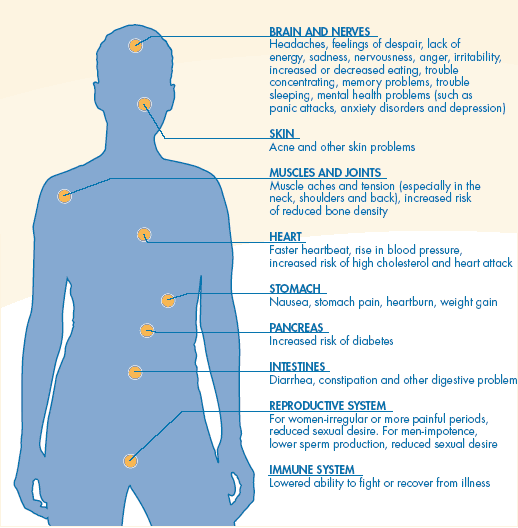

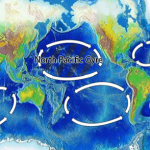




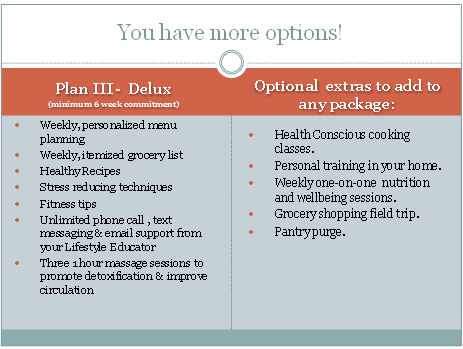

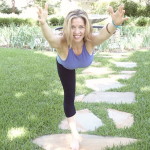

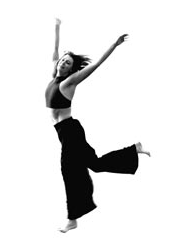 For exercise that is fun, offers heart health and body toning and can be done in your very own living room try Hula Hooping. Spinning the classic hoop around your waist during the commercials of your favorite television shows will slow down the tendency to eat out of boredom, improve circulation and burn anywhere between 100 and 150 calories for every thirty minutes of spinning.
For exercise that is fun, offers heart health and body toning and can be done in your very own living room try Hula Hooping. Spinning the classic hoop around your waist during the commercials of your favorite television shows will slow down the tendency to eat out of boredom, improve circulation and burn anywhere between 100 and 150 calories for every thirty minutes of spinning.